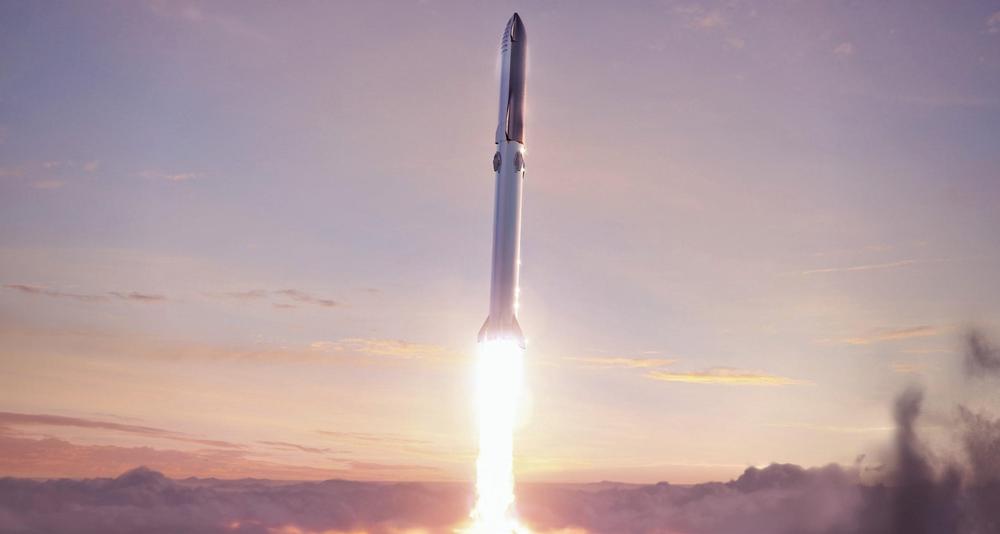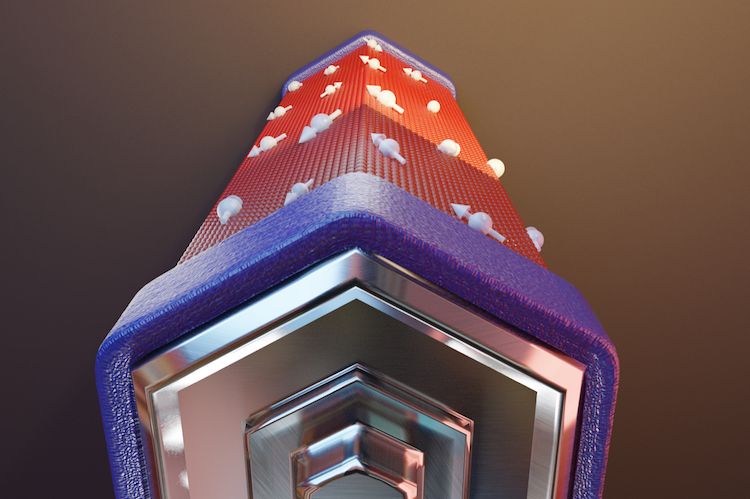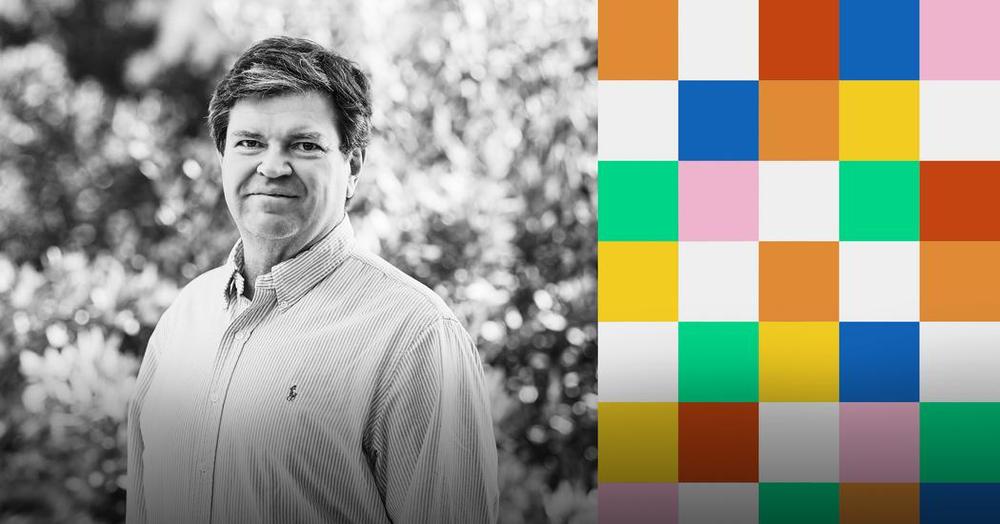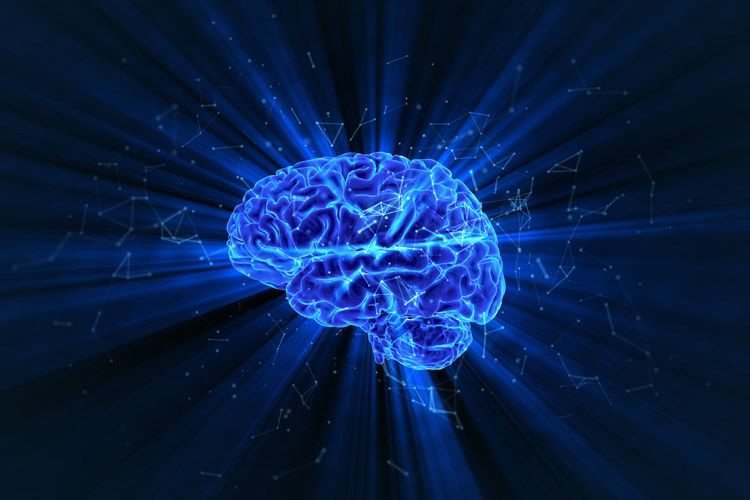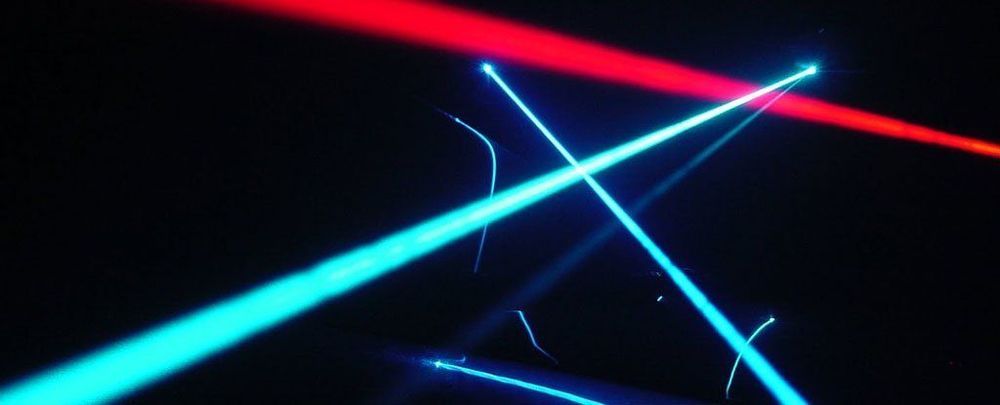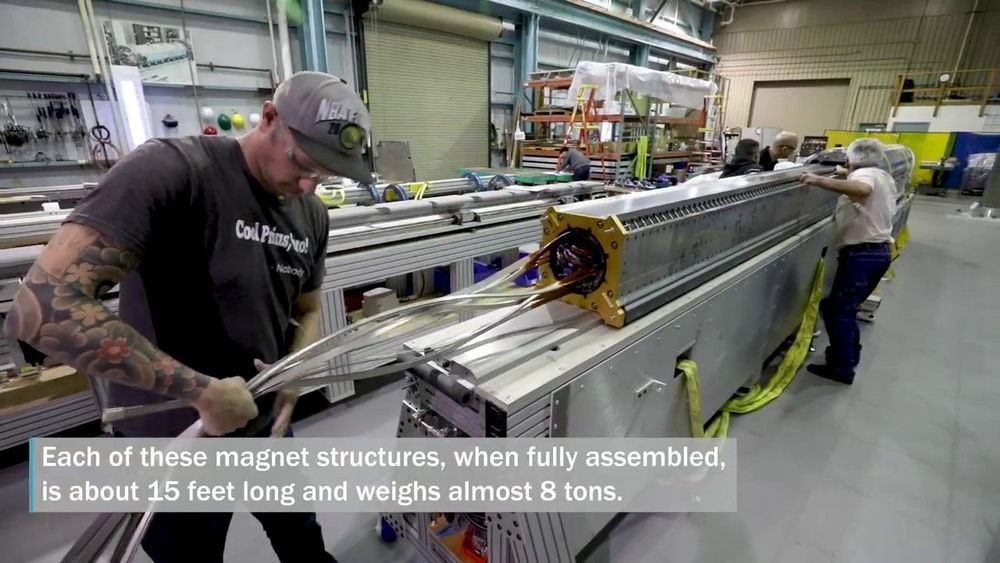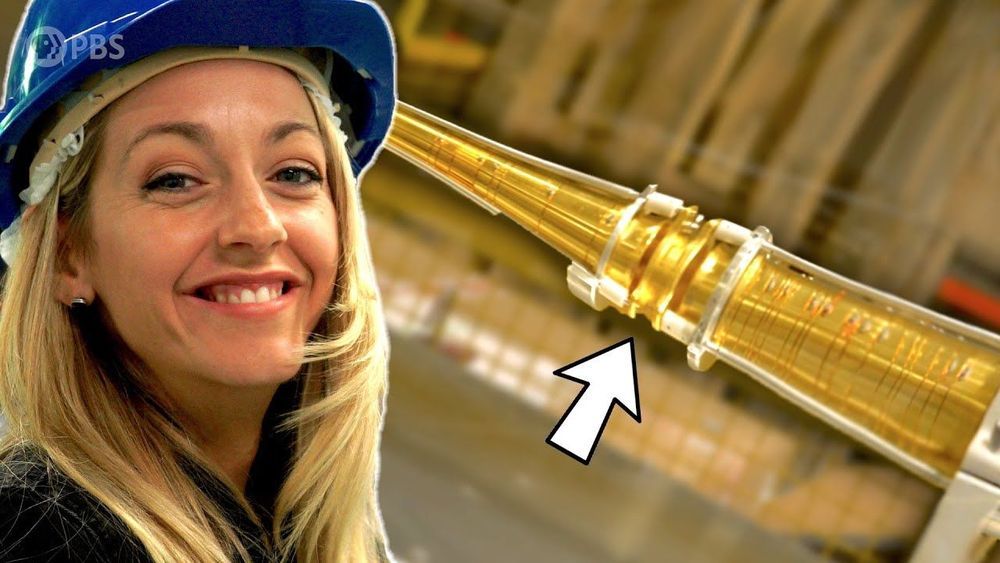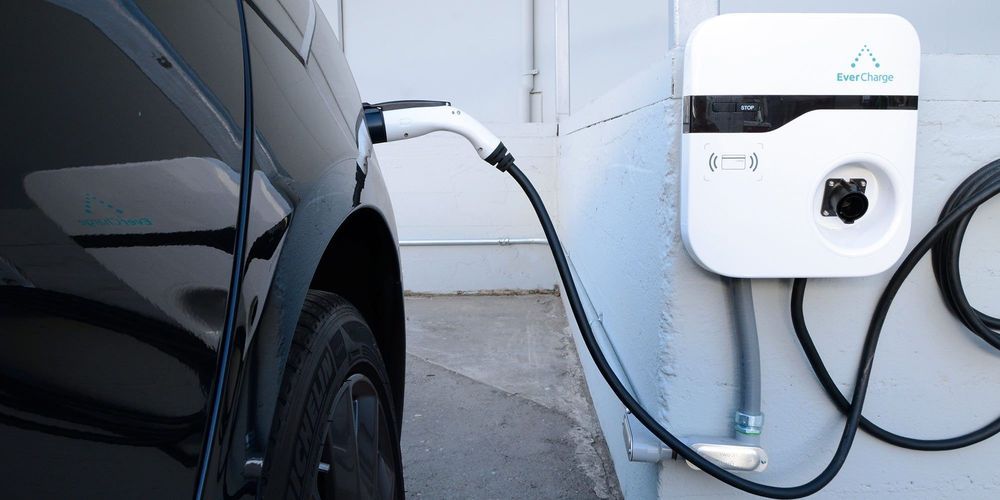Elon Musk has said that SpaceX’s latest Starship prototype may fly for the first time this week, as the company continues its efforts to get the ambitious spacecraft up and running ahead of planned flights to the Moon and Mars.
Starship is SpaceX’s proposed spacecraft to transport up to 100 humans at a time – or maybe more – to the Red Planet. The company has been rapidly building prototypes of the giant steel rocket at a test site in Boca Chica, Texas, with the goal of eventually finding a design that works.
Multiple iterations have come and gone so far, with several explosions along the way. But in a tweet yesterday, Tuesday, 21 July, Musk said the latest version – SN5, or serial number 5 – will ‘attempt to fly later this week’. That will be preceded by a static fire test at some point.
